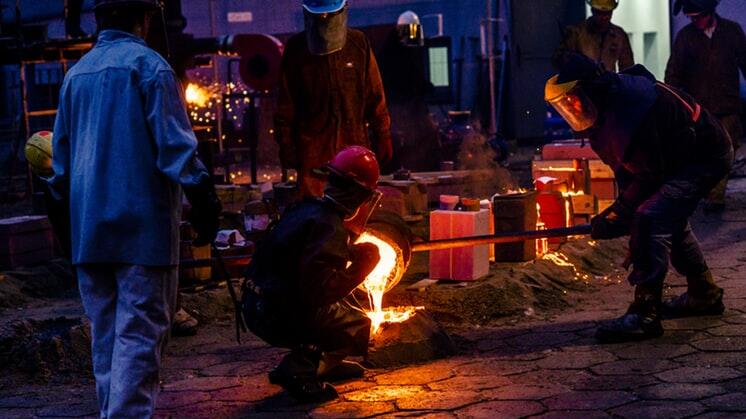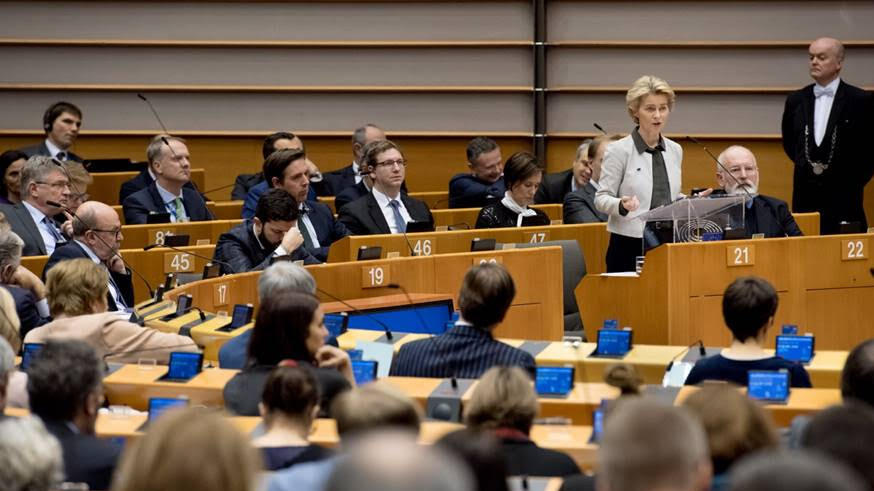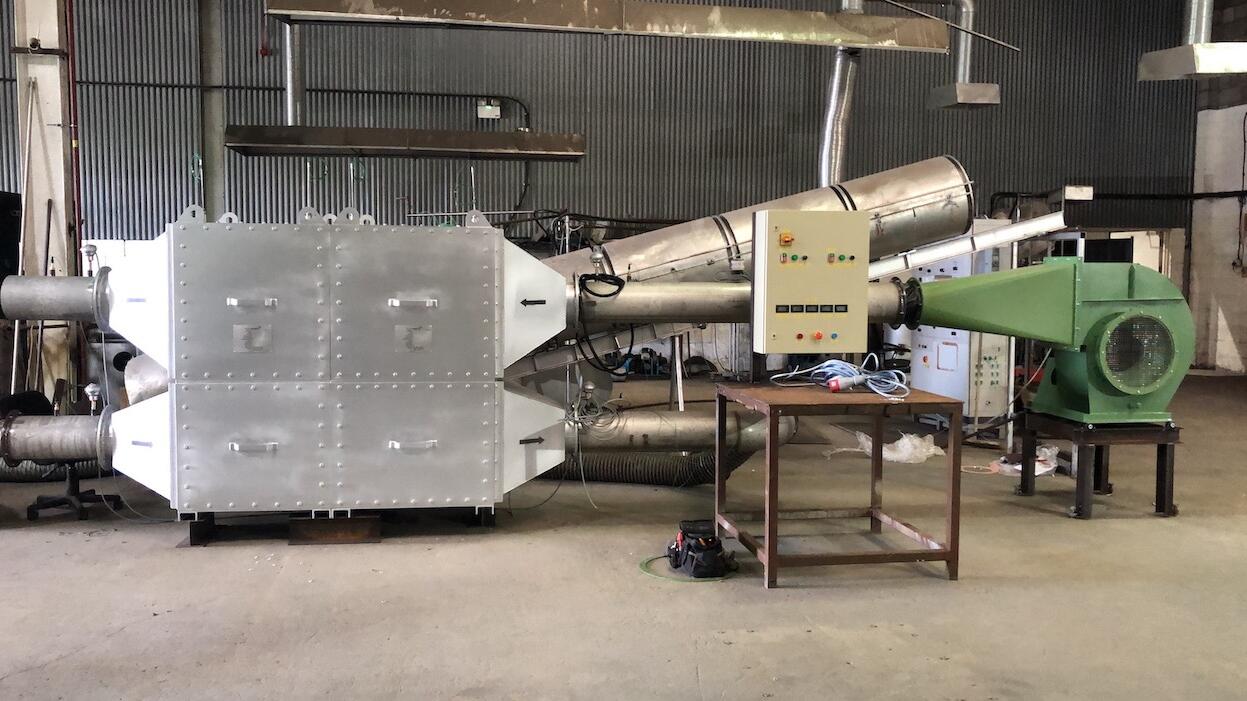 Search Result
Search ResultDecarbonisation of industrial heat: The iron and steel sector
Headlines Current primary steel production is highly integrated; incremental efficiency improvements can only further reduce emissions by about 10%. The analysis of scenarios published recently by…
Read Full articleMythbusting: The footprint of renewable energy
Even though solar panels and wind turbines are not releasing any emissions or toxins while they generate energy, we can’t say the same thing about the way they are manufactured. Not to mention their…
Read Full articleMore evidence of problems with EU Emissions Trading System
There are concerns in the UK that Tata Steel could close its operations, leading to severe job cuts and economic disruption. Looking at the company from another angle, Arthur Neslen writes in The…
Read Full articleEfficient Steel Production in India
How technology and training can green India’s steel re-rolling industry With a booming economy, demand for construction materials has skyrocketed in India. In particular, the need for steel has grown…
Read Full articleSome like it hot – Is Hydrogen the answer to those needing it a little warmer?
In my recent predictions for energy over the next ten years there was one prediction I felt I could have explained a bit more. I predicted that Hydrogen would develop in pockets but I didn’t go into…
Read Full articleReflections on the European Commission’s proposal for a European Green Deal
If we are in a climate crisis, it is time to leave no stone unturned. In the 1970s, there were two major oil crises and action was mobilised on many fronts. The International Energy Agency was created…
Read Full articleElectric Vehicles & Heat Pumps: Electric motors play a crucial role in the energy transition
Electric motors are implicated in two major decarbonisation options involving electrification: electric vehicles (EVs) and heat pumps. This will lead to a significant market growth, as well as growing…
Read Full articleIs Blockchain the solution for Carbon Tracing, Sustainable Supply Chains and Circular Economy?
For most (or at least many) people Blockchain "has something to do with Bitcoin", kind of a weird digital currency with enormous price fluctuations and recently prominently featured by media following…
Read Full articleHow reusing waste heat can take aluminium one step closer to becoming a greener industry
Aluminium is one of the most recycled commodities in the world, but the processes involved in the production of this metal still leave a high environmental impact on the planet. New waste heat…
Read Full articleSmall systems, big benefits
How the heat pipe heat exchangers designed by ETEKINA partners are shaping the waste heat recovery systems of the future. In early February this year, the cost of carbon reached record highs with…
Read Full article






